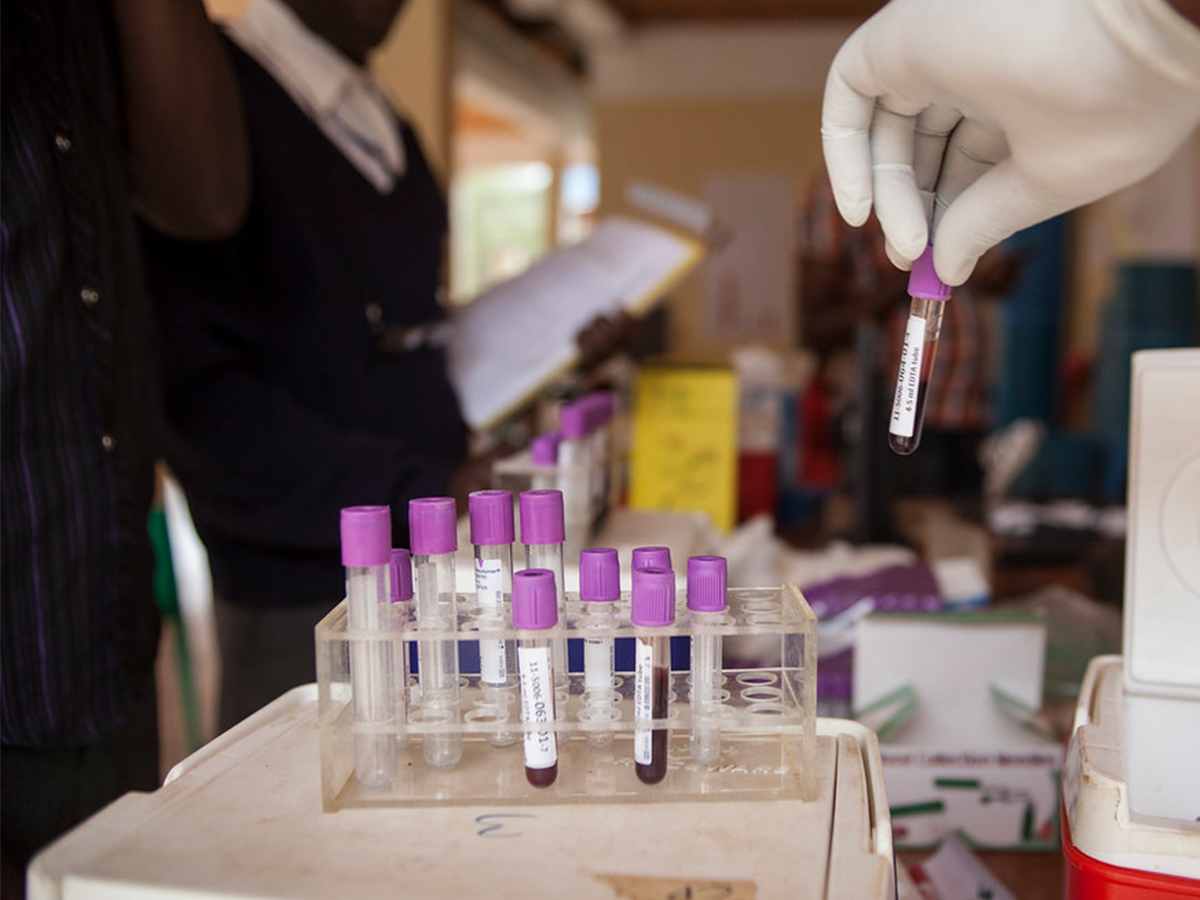Claire S., Duncan M., Haddi J., Oscar E., Haruka M., Omari M., Sherri P., Rachel W., Gerald K., Johnita B., Kokuhumbya K., Caitlin M., Fernando M.†, Jessica J., Thomas R., Anath R.
Lancet HIV 2020 doi.org/10.1016/ S2352-3018(20)30235-6
Summary
Background Community randomised trials have had mixed success in implementing combination prevention strategies that diagnose 90% of people living with HIV, initiate and retain on antiretroviral therapy (ART) 90% of those diagnosed, and achieve viral load suppression in 90% of those on ART (90-90-90). The Bukoba Combination Prevention Evaluation (BCPE) aimed to achieve 90-90-90 in Bukoba Municipal Council, Tanzania, by scaling up new HIV testing, linkage, and retention interventions.
Method We did population-based, cross-sectional surveys before and after our community-wide intervention in Bukoba—a mixed urban and rural council of approximately 150 000 residents located on the western shore of Lake Victoria in Tanzania. BCPE interventions were implemented in 11 government-supported health-care facilities throughout Bukoba from Oct 1, 2014, to March 31, 2017, when national ART-eligibility guidelines expanded from CD4 counts of less than 350 cells per μL (Oct 1, 2014–Dec 31, 2015) and 500 or less cells per μL (Jan 1, 2016–Sept 30, 2016) to any CD4 cell count (test and treat, Oct 1, 2016–March 31, 2017). We used pre-intervention (Nov 4, 2013–Jan 25, 2014) and post-intervention (June 21, 2017–Sept 20, 2017) population-based household surveys to assess population prevalence of undiagnosed HIV infection and ART coverage, and progress towards 90-90-90, among residents aged 18–49 years.
Findings During the 2·5-year intervention, BCPE did 133 695 HIV tests, diagnosed and linked 3918 people living with HIV to HIV care at 11 Bukoba facilities, and returned to HIV care 604 patients who had stopped care. 4795 and 5067 residents aged 18–49 years participated in pre-intervention and post-intervention surveys. HIV prevalence before and after the intervention was similar: pre-intervention 8·9% (95% CI 7·5–10·4); post-intervention 8·4% (6·9–9·9). Prevalence of undiagnosed HIV infection decreased from 4·7% to 2·0% (prevalence ratio 0·42, 95% CI 0·31–0·57), and current ART use among all people living with HIV increased from 32·2% to 70·9% (2·20, 1·82–2·66) overall, 23·0% to 62·1% among men (2·70, 1·84–3·96), and 16·7% to 64·4% among people aged 18–29 years (3·87, 2·54–5·89). Of 436 and 435 people living with HIV aged 18–49 years who participated in pre-intervention and post-intervention surveys, previous HIV diagnosis increased from 47·4% (41·3–53·4) to 76·2% (71·8–80·6), ART use among diagnosed people living with HIV increased from 68·0% (60·9–75·2) to 93·1% (90·2–96·0), and viral load suppression of those on ART increased from 88·7% (83·6–93·8) to 91·3% (88·6–94·1).
Interpretation BCPE findings suggest scaling up recommended HIV testing, linkage, and retention interventions can help reduce prevalence of undiagnosed HIV infection, increase ART use among all people living with HIV, and make substantial progress towards achieving 90-90-90 in a relatively short period. BCPE facility-based testing and linkage interventions are undergoing national scale up to help achieve 90-90-90 in Tanzania.









